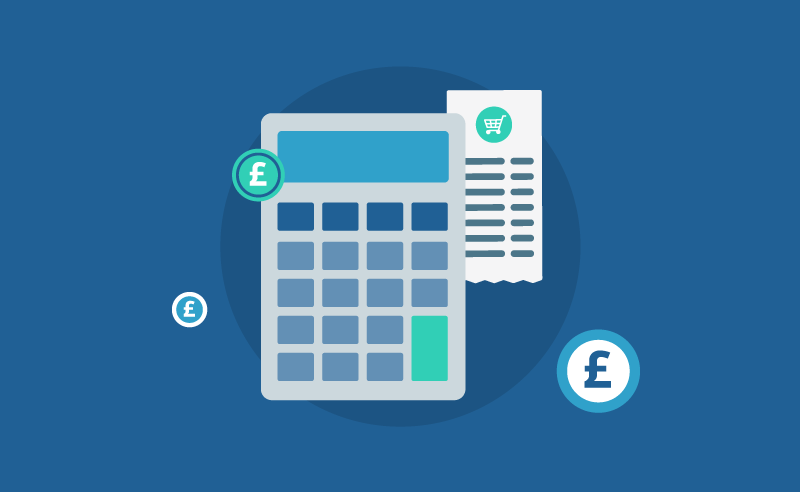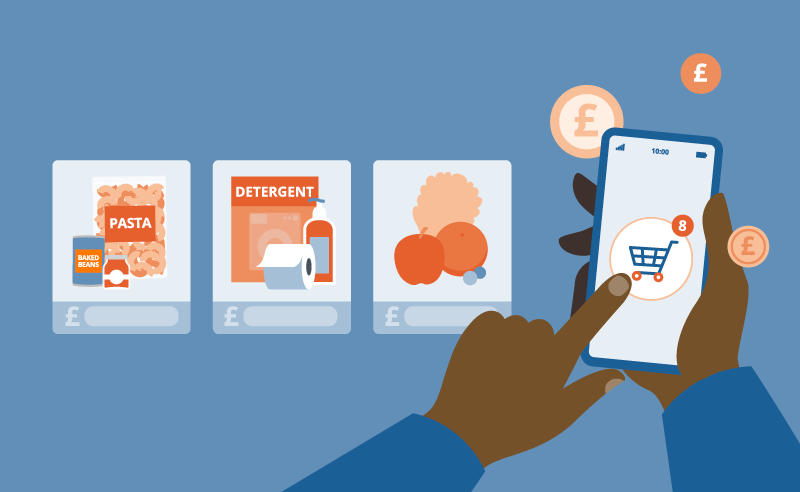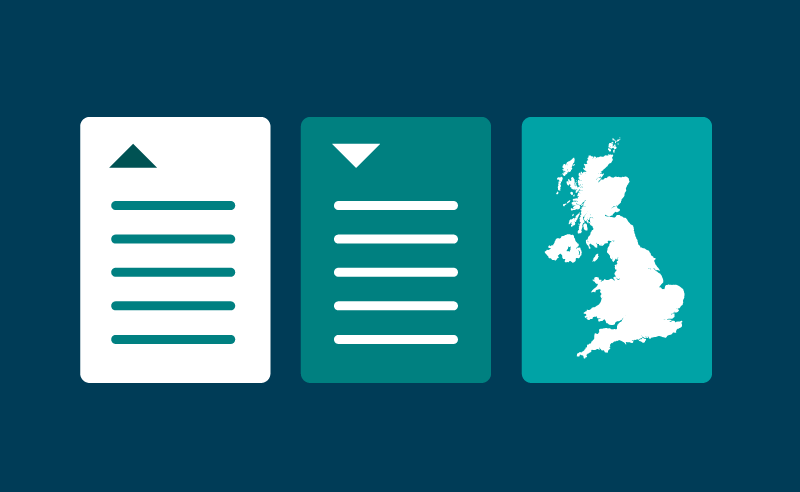This page is no longer being updated
For the latest data about the cost of living read our bulletins on;
Download the data
Overview
The cost of living has risen in the UK and across the world since 2022.
Food and energy prices rose markedly, particularly gas prices, partly in response to the conflict in Ukraine. Global recovery from the coronavirus (COVID-19) pandemic put further pressure on prices.
In the UK, prices of consumer goods and services rose by 9.6% in the year to October 2022 – the fastest rate in four decades. Since then the annual inflation rate, as measured by the Consumer Prices Index including owner occupier’s housing costs (CPIH), has slowed.
In the year to January 2024 the annual CPIH inflation rate was 4.2%, unchanged from the previous two months.
You can explore how the prices of over 450 items in the inflation basket have increased over the past year with our shopping prices comparison tool.
You can use our Personal Inflation Calculator to get your own, personalised inflation rate based on what you spend your money on.
Housing: House prices fall while private rents continue to see record rise
Average UK house prices are estimated to have fallen 1.4% in the year to December 2023 (provisional estimate). This is up from a decrease of 2.3% in the 12 months to November 2023 (revised estimate).
Private rental prices continued to grow at a record high rate in the UK, rising by 6.2% (provisional estimate) in the year to January 2024, unchanged for the second consecutive month. This remains the highest annual percentage change since this UK data series began in January 2016.
- Read more about the cost of living and housing
Food: Inflation falls to lowest level since April 2022
Prices of food and non-alcoholic beverages rose by 7.0% in the year to January 2024 according to the latest Consumer Prices Index including owner occupiers’ housing costs (CPIH).
This was the tenth consecutive month of falls in food and non-alcoholic beverage inflation, down from 8.0% in December and a recent high of 19.2% in March 2023, which was the highest annual rate seen for over 45 years.
- Read more about the cost of living and food
Energy: Around 4 in 10 energy bill payers struggling to afford payments
Around 4 in 10 adults (41%) who pay energy bills said it was very or somewhat difficult to afford them.
This was according to those asked between 17 and 28 January 2024 as part of our latest Public opinions and social trends bulletin.
This proportion was at a high of 49% in the period covering 17 to 29 May 2023, but appears to have slowly decreased since then.
The survey also revealed that 44% of adults in Great Britain are using less fuel, such as gas or electricity, in their homes because of the rising cost of living.
- Read more about the cost of living and energy
How this affects you



Related links
Read our summary of our current and future analytical work related to the cost of living.
The government is offering help for households. See what cost of living support you could be eligible for.
Explore the UK Measures of National Well-being dashboard, which tracks the progress of a range of factors affecting people’s lives. We have explained some of the findings from new measures added in 2023 in our Most adults report making some changes to their lifestyle for environmental reasons article.
